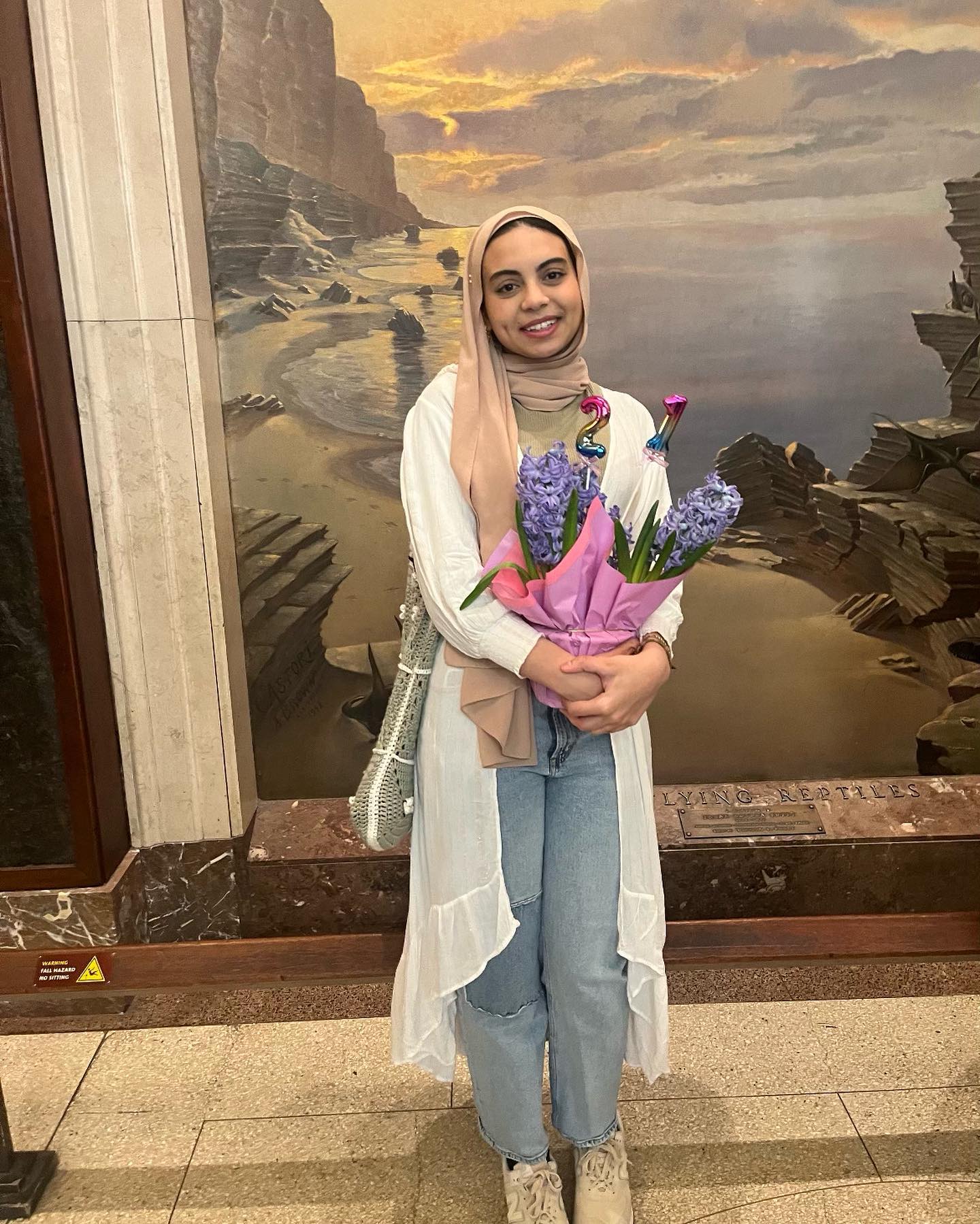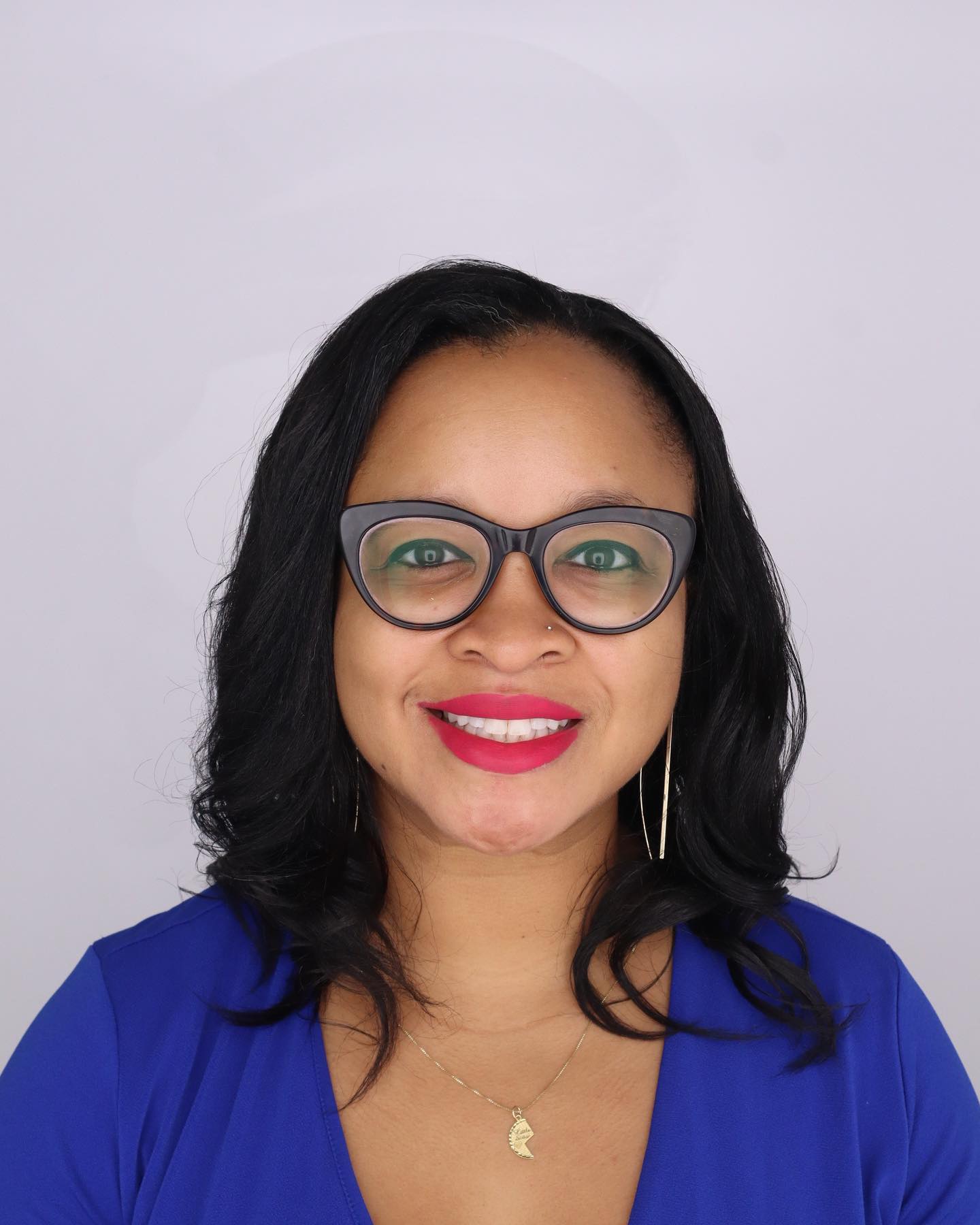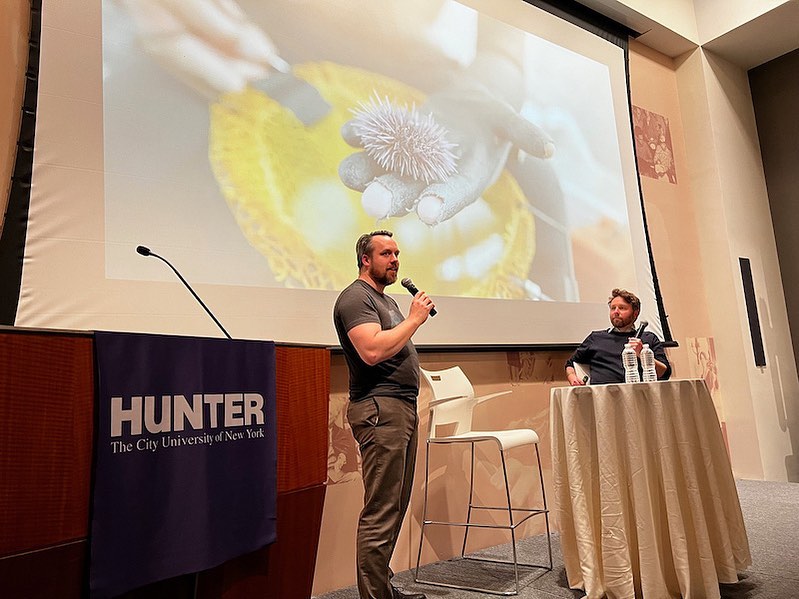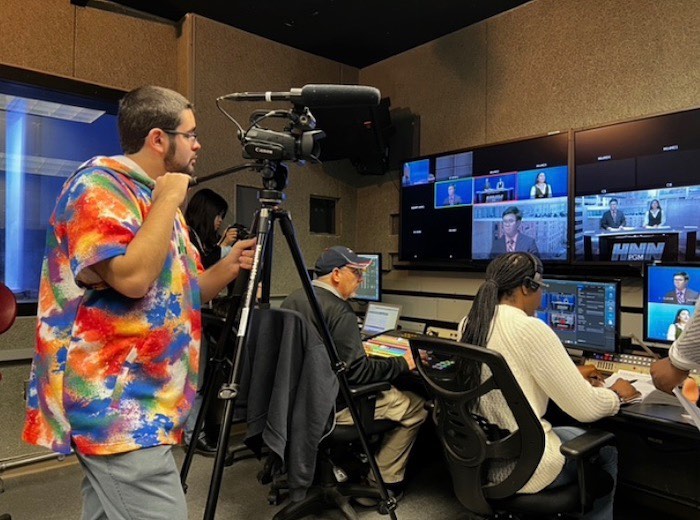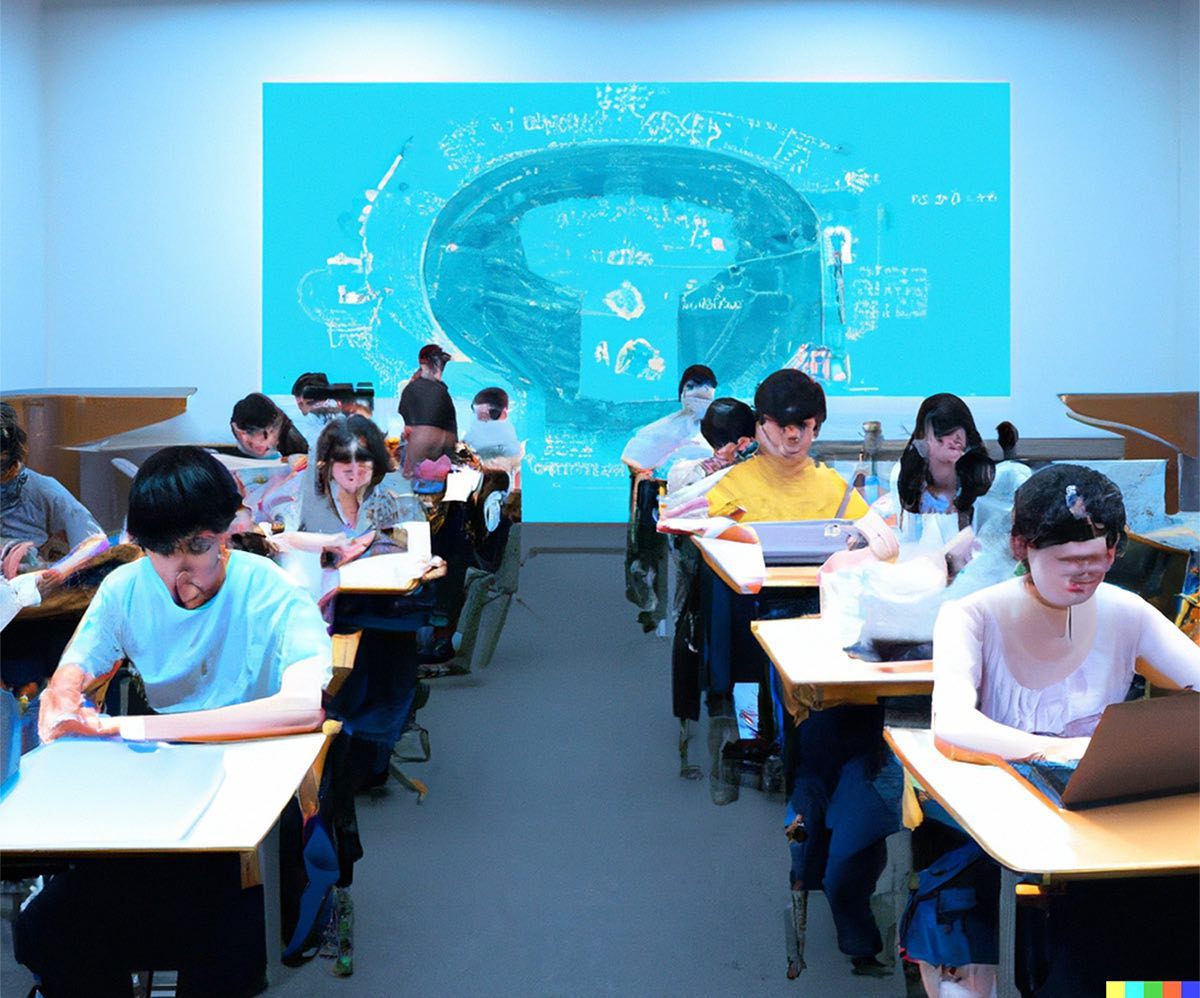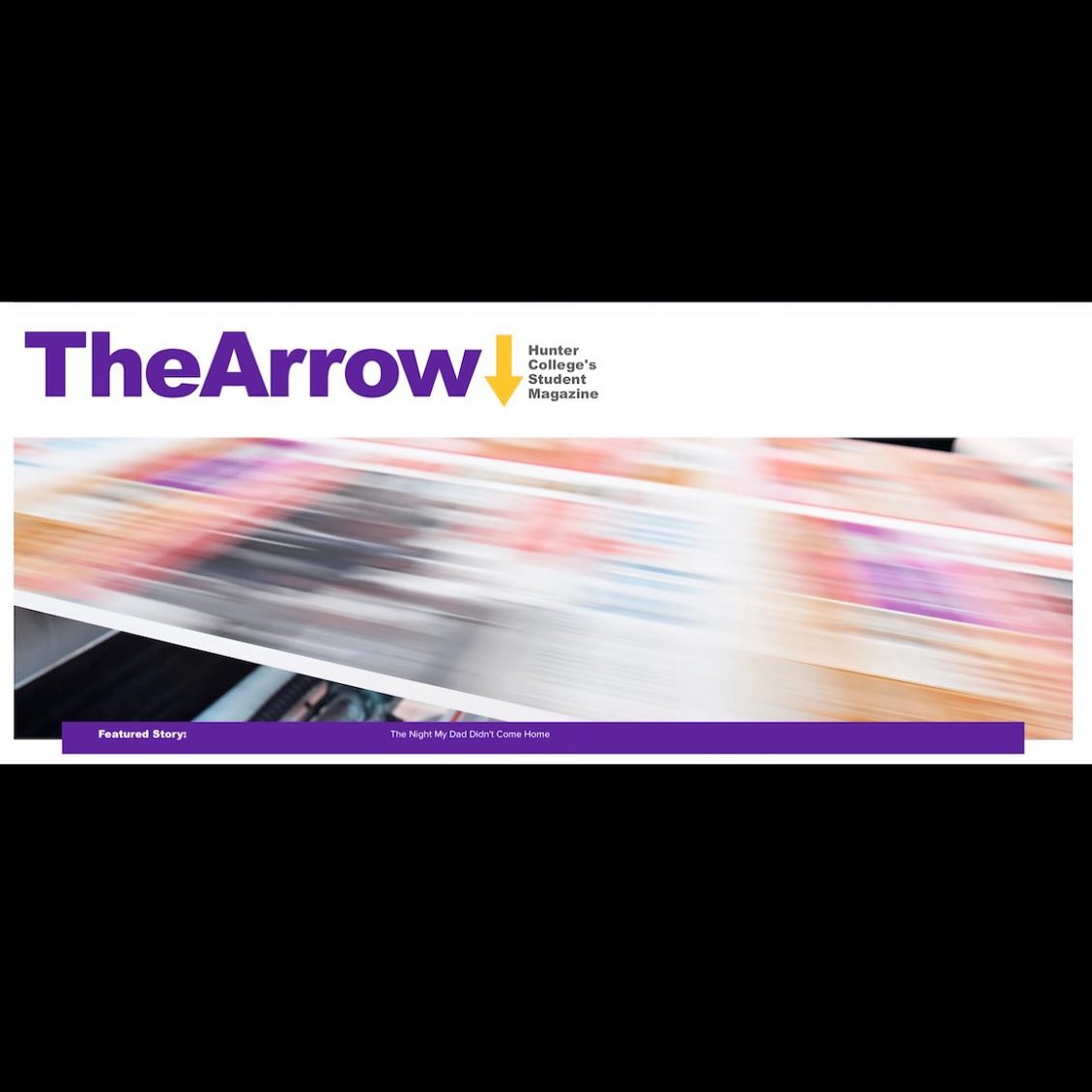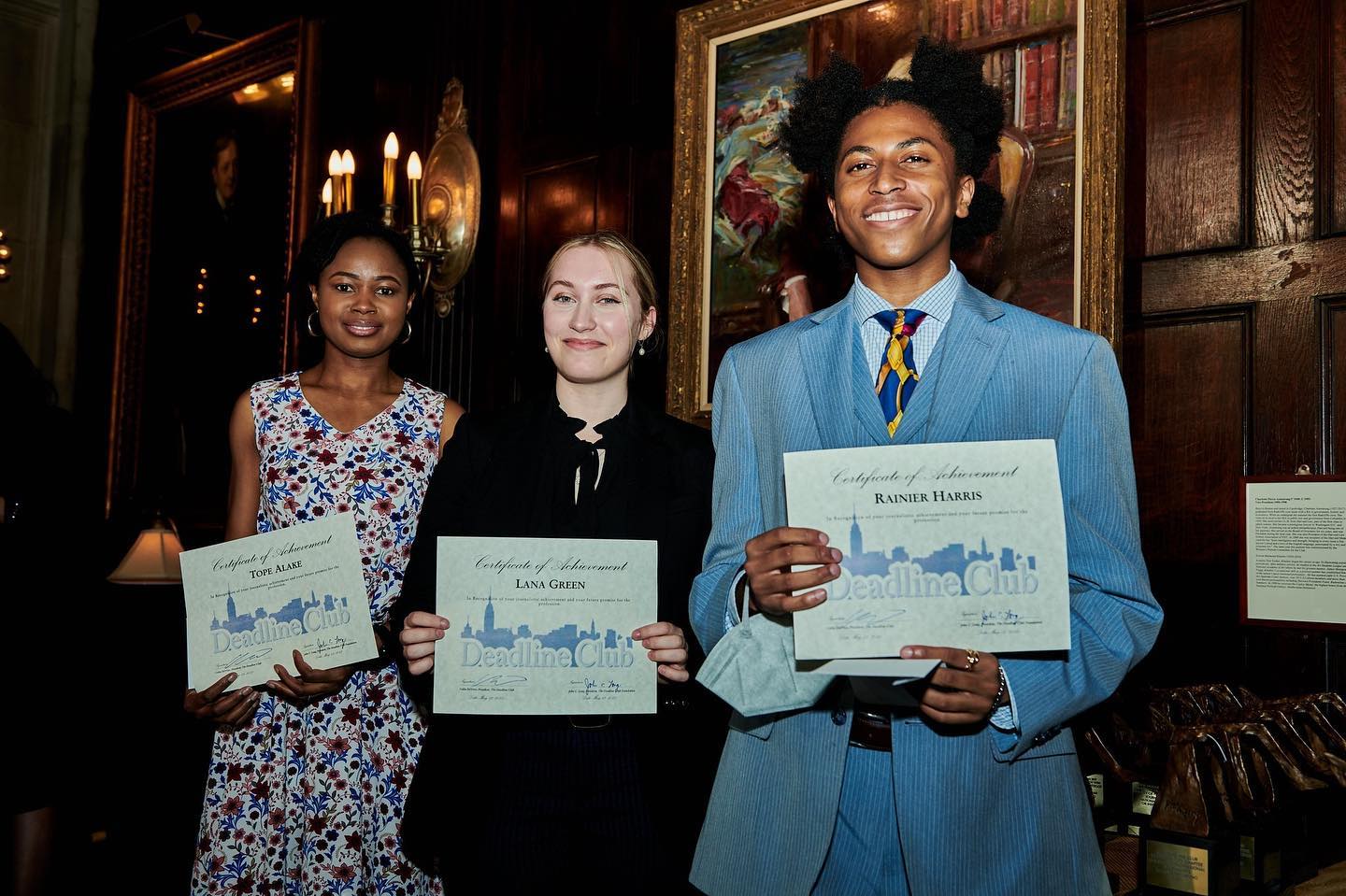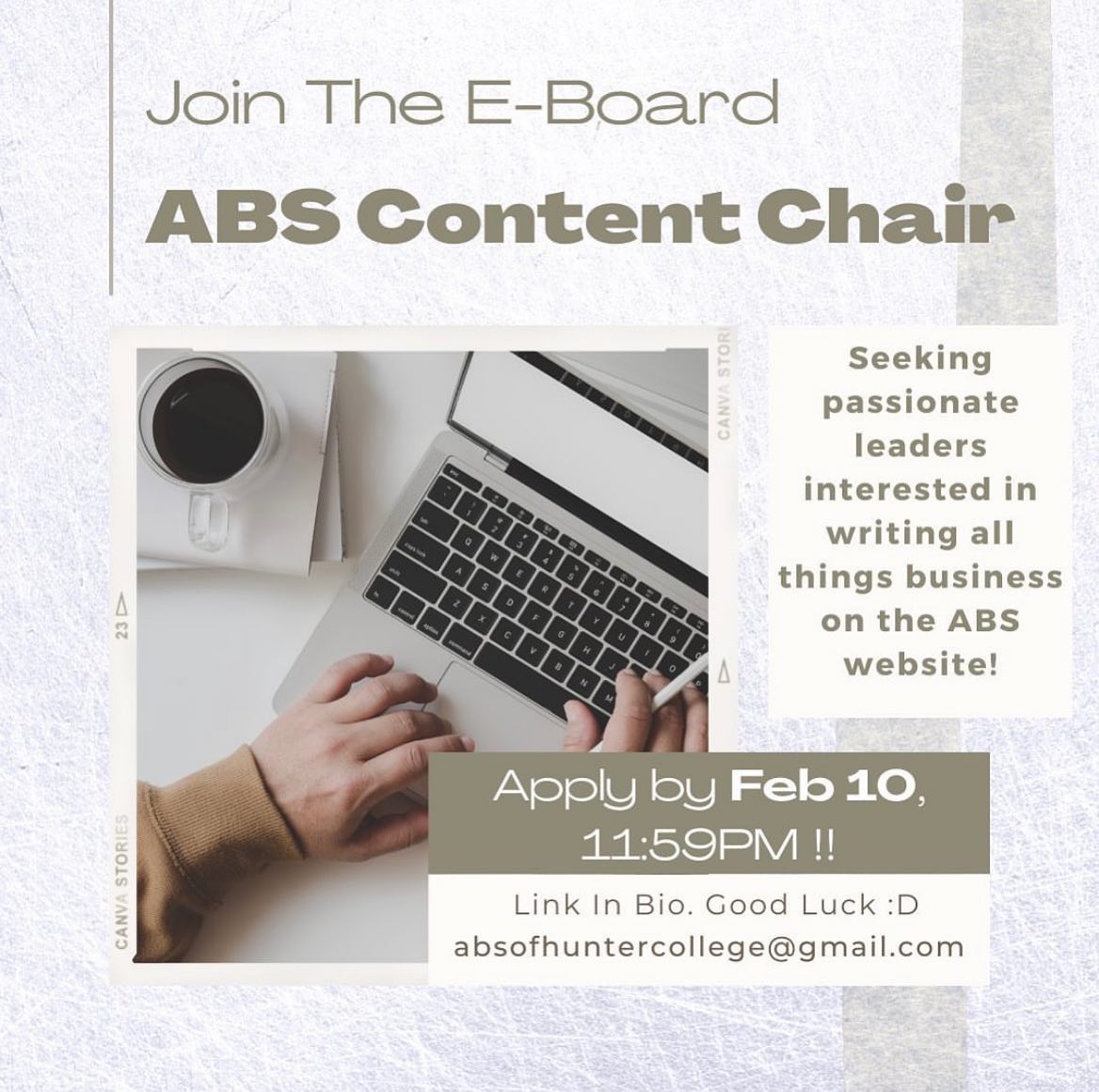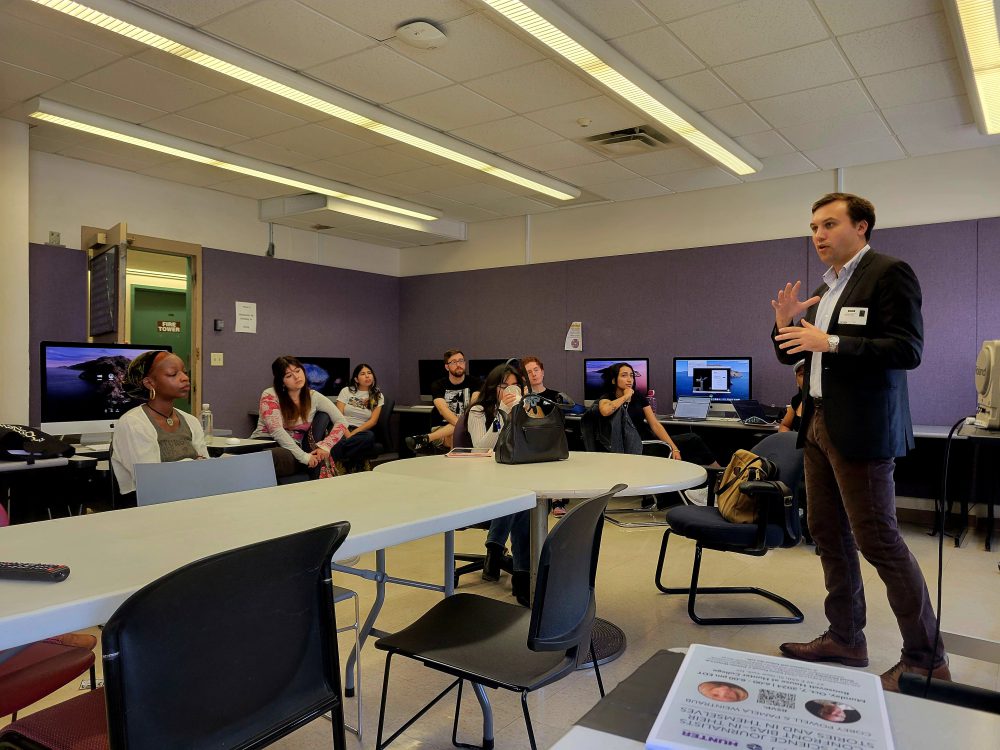
Discipline can be more important than raw talent, says Alex Hoyt, a special projects editor at National Geographic and editorial advisor for the relaunch of Playboy magazine. He believes that all writers, no matter how gifted, can improve their work through relationships with the right editors.
Hoyt came to Professor David Alm’s Magazine Writing class last month to talk to the group of 15 students about his career and to offer some advice to aspiring writers and editors.
Since he started his career in magazine journalism 14 years ago, Hoyt has been a features editor for GQ, editor-in-chief of Amtrak’s on-board magazine The National and senior editor for Rhapsody, United Airlines’ former first-class in-flight magazine that the New York Times called “the Paris Review of the air.”
Although Hoyt is primarily an editor, he has also written pieces for The Atlantic, National Geographic and The New York Times Magazine. “If something feels to you like a good story, it probably is,” he told the class.
Hoyt found himself drawn to the craft of writing as an English major at Davidson College. Compelled by stories that are so captivating that a reader can’t tear themselves away, Hoyt decided to pursue a career as an editor. He has edited stories that have been included on numerous best-of lists, most recently The Year’s Best Sports Writing 2024 edition. He loves to talk to up-and-coming writers and editors as the media industry continues to change. “Staffs get smaller, titles close, budgets go down,” he told me in an interview after his visit to the class. But as the saying goes, necessity is the mother of invention. “There’s been so much great innovation,” Hoyt said. “I’m optimistic that a lot of places will continue to do essential work.”
Hoyt recalls one formative reading experience in particular: a 2006 profile of Axl Rose, the frontman of Guns N’ Roses, by John Jeremiah Sullivan. In the piece, for GQ, Sullivan tells the story of Axl’s upbringing in small-town Indiana, his emergence as a rock star in the mid-1980s and his comeback in the 2000s. “Reading it felt like listening to a new favorite song for the first time, and I just played it on loop,” Hoyt told me. “And, gradually I realized I wanted to work at a place that told stories like that.”
In journalism, Hoyt discovered his love of “shaping an entire issue: pitching ideas, wrangling interviews, liaising with photo editors and art directors, working with a great stable of writers who could deliver all kinds of amazing stories.”
As a runner; lover of fiction, narrative nonfiction, and memoir; of documentaries and podcasts, Hoyt sees a common thread connecting the work of those he admires most: discipline. The kind of discipline that a runner needs to stay fit. The kind of discipline a writer needs to tell a story. The kind of discipline an editor needs to keep “putting out fires all the time and coming up with solutions.”
Hoyt hopes to continue editing longform journalism at a place where it is valued. “I hope at 43 I’m doing it, and at 53 and at 63,” he told me. “I hope I continue to find meaning in great storytelling.”
For upcoming editors and writers, Hoyt said to “figure out what kind of story you like to do, figure out the one that feels most natural, and look for the places that do it at the highest level. Be persistent, seek people’s advice, and find people you admire.” Some writers Hoyt admires most include Michael Paterniti, Jennifer Senior, and Wesley Morris, among others too many to list.
As the year draws to a close, Hoyt will be wrapping up ambitious projects with National Geographic and Playboy. “It’s been fun to help the editors dream up the stories they want to tell,” he said. But for Hoyt, the key — and most fulfilling part — is always “finding the right writer.”

